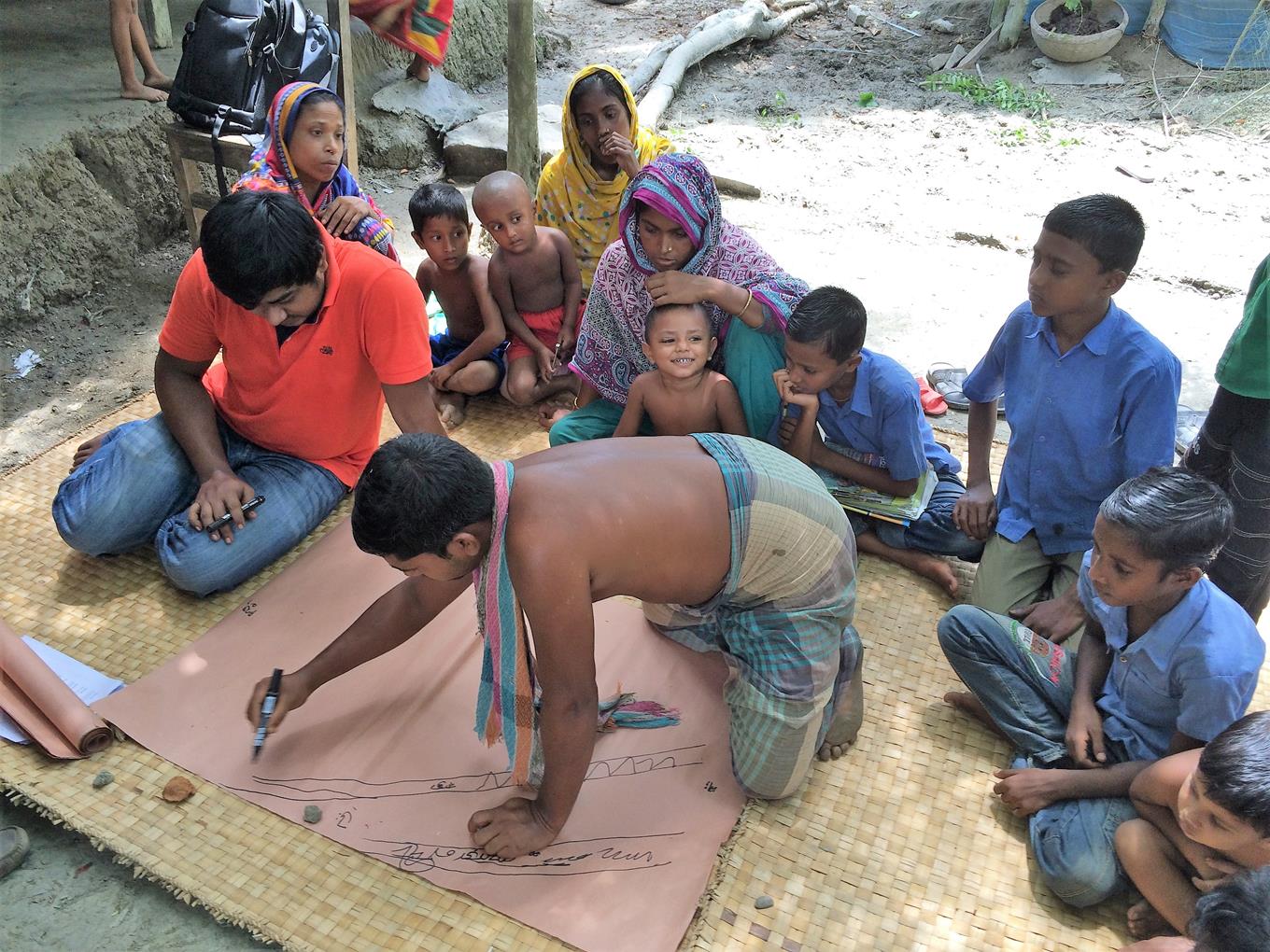Risk factors for drowning on the shores of Japan
Case Study
Country: Japan
Author: Toshinori Ishikawa
Organisation: Japan Lifesaving Association
Aims
To reduce coastal drowning on the shores of Japan by identifying rick factors associated with past drowning cases.
Background
Japan has approximately 35,000 kilometres of coastline which includes 1,250 beaches. More than 20 million people visit Japan’s beaches during the summer season to enjoy bathing in the sea. Annually, between 1,500 and 3,000 drowning incidents occur on the 200 bathing beaches that are supervised by lifesavers. This is 5 to 7 times the number of drowning incidents that occur on the Japanese coastline which is not reserved for bathing. To reduce the number of drowning cases, it is necessary to identify the risk factors associated with drowning in this context.
References
Toshinori Ishikawa, Tsutomu Komine, Shinichi Aoki, and Takumi Okabe (2014) Characteristics of Rip Current Drowning on the Shores of Japan. Journal of Coastal Research: Special Issue 72 - The 3rd International Rip Current Symposium: pp. 44 - 49.Further information/resources
Japan Lifesaving Association Home Page (in Japanese)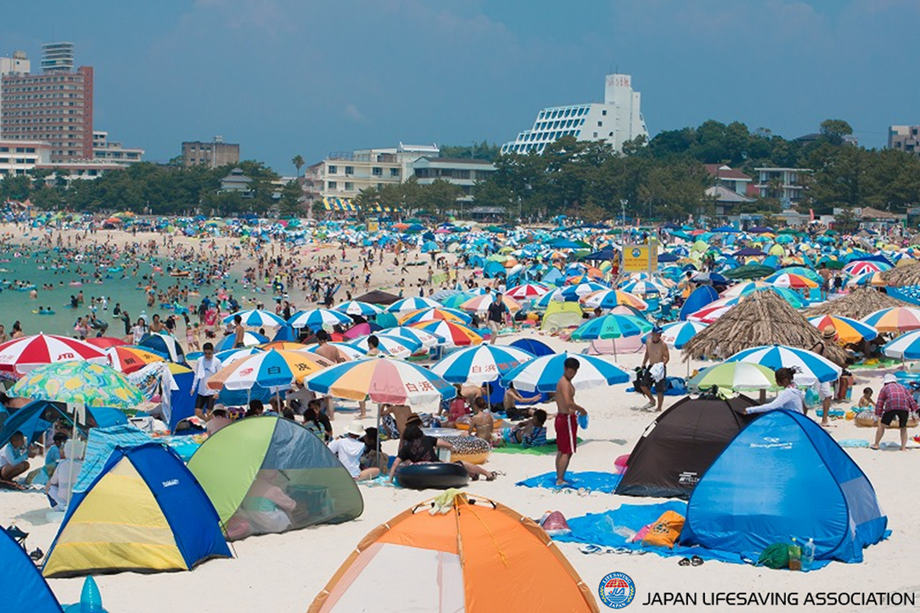
Methodology
In Japan, approximately 4,000 volunteer lifesavers patrol the 200 bathing beaches during the summer season. Regional lifesaving clubs have been completing patrol logs, first aid reports, rescue reports and resuscitation reports at each beach since 1998. These reports contain detailed data and descriptions of water-related incidents that occur on beaches. For this study, past drowning cases in Japan were investigated through the review of lifesaver reports from 1998 to 2016. Next, the influence of nearshore currents on drowning cases was studied using a numerical simulation. Risk factors for shore drowning were suggested based on these results.
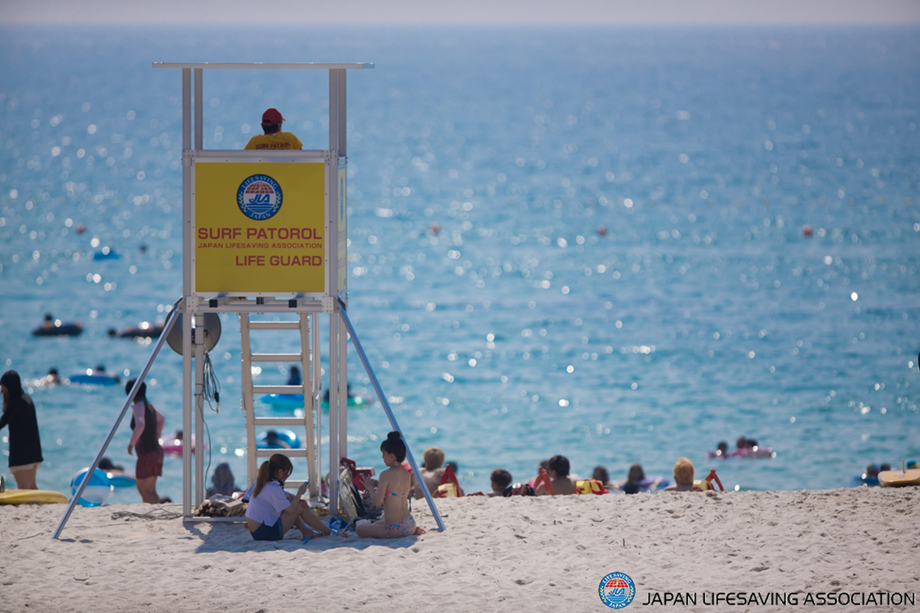
Outcomes
Of the 1,500 to 3,000 annual drowning cases to occur between 1998 and 2016, 10 to 40 cases each year were unconscious victims who required emergency care. 50% of the drowning cases were a result of rip currents, 27% were caused by off-shore winds, 11% by longshore currents, 8% due to topography and 3% were caused by waves.
Rip currents
An average of 582 fatal and non-fatal rip current drownings were recorded each year between 2003 and 2016. Despite the availability of rescue equipment and the presence of warning signs, many rip current drownings persistently occurred in beaches facing the Pacific Ocean. Rip currents were found to affect coastal structures such as ports, artificial headlands, jetties and detached breakwaters; rip currents occur in relatively calm conditions due to the wave sheltering effect of these structures. This suggests that beach users judge the safety of the water by a visual assessment of wave presence, opting to swim in seemingly calm conditions which may be affected by rips.
Issues with identifying safe bathing areas
At most beaches in Japan, bathing areas are selected primarily on an economical basis, rather than in response to safety considerations. Bathing areas are selected by local government, instead of lifesavers, and depend on the availability of near-by parking and ease of access to beach shops which operate seasonally during summer (as pictured below).
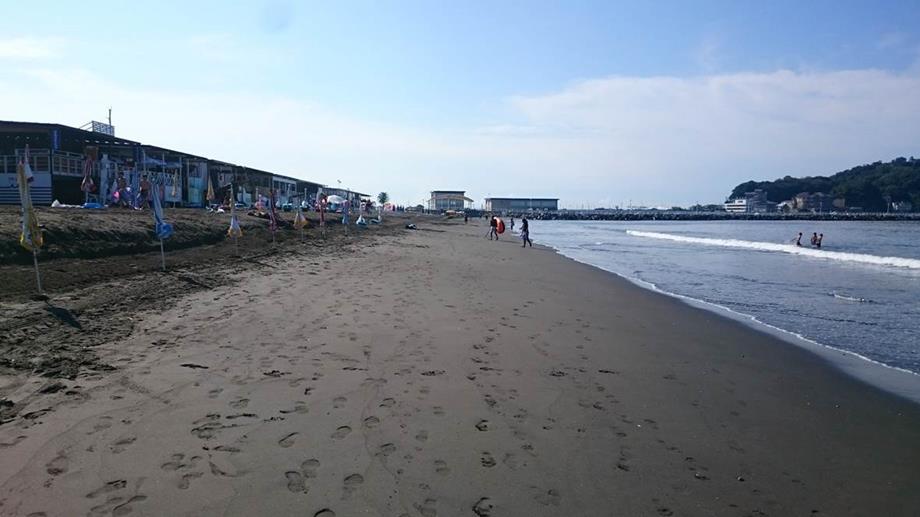
Consumption of alcohol
A lack of swimming ability was associated with 54% of all drowning cases, 17% were associated with tiredness, 12% were associated with a state of panic and 10% were associated with alcohol consumption. According to lifesaver reports, multiple people who experienced cardiac arrest as a result of drowning had consumed alcohol prior to bathing. There is minimal regulation regarding alcohol sales and use at bathing areas in most prefectures.
Lack of swimming ability among young people
According to national survey data, the highest rate of drowning cases occurs among children aged 5 to 15 years. Lifesaver data showed 30% of coastal drowning incidents to occur within this age group. It can be concluded that water safety education provided in Japanese elementary and junior high schools should be improved.
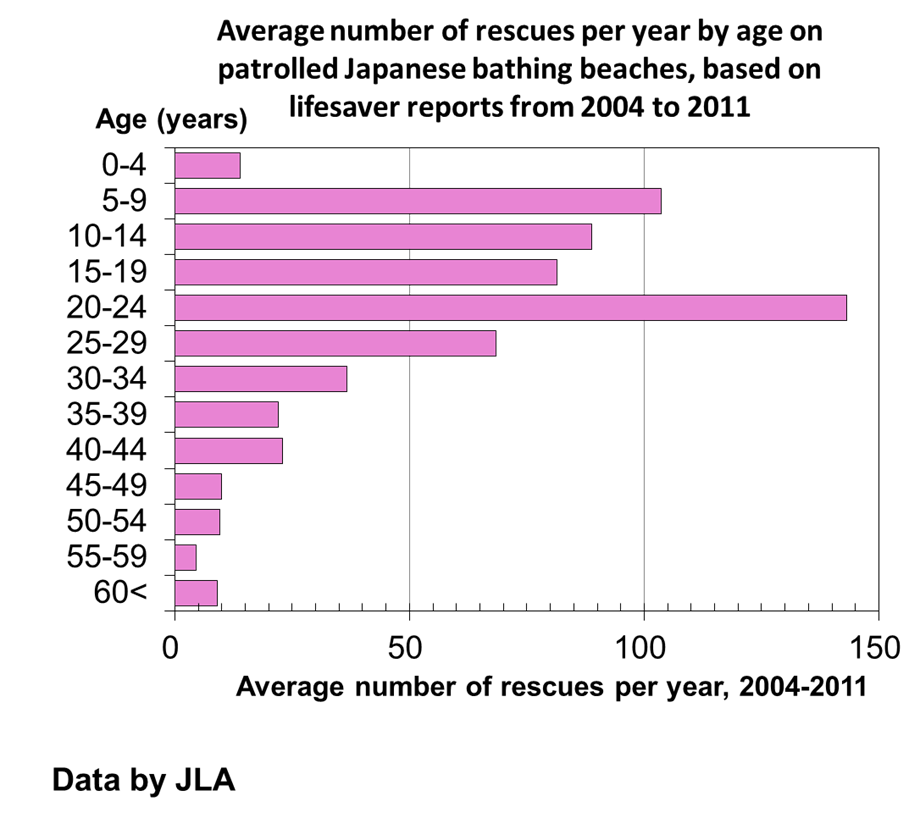
In conclusion, 3 major risk factors were linked to an increased risk of drowning at beaches in Japan:
- Rip currents, particularly those around coastal structures which develop in relatively small wave conditions
- Beach management problems regarding the selection of swimming areas and the prohibition of alcohol
- Lack of water safety education in elementary and junior high schools
Challenges
The issue of beach management will be difficult to challenge in the Japanese culture; stakeholders such as local government members and shop owners are likely to react negatively. To prevent drowning incidents, lifesavers require the authority to manage beaches themselves and designate safe swimming areas autonomously.
Lessons learned
The Japan Lifesaving Association (JLA) has started a new water safety curriculum which was launched after the tsunami of March 11, 2011. This education curriculum consists of lectures and practical training to teach self-rescue skills. Through this action, JLA is increasing its communication to the general public, from children to adults, on a) how to avoid drowning b) what to do when drowning and c) what to do if you find someone drowning. The curriculum addresses the major risk factors for beach drowning identified through this study.
Replicability
If sufficient data on drowning is collected in other settings, similar studies can be carried out in different countries.
Step 1
Assess the situation
